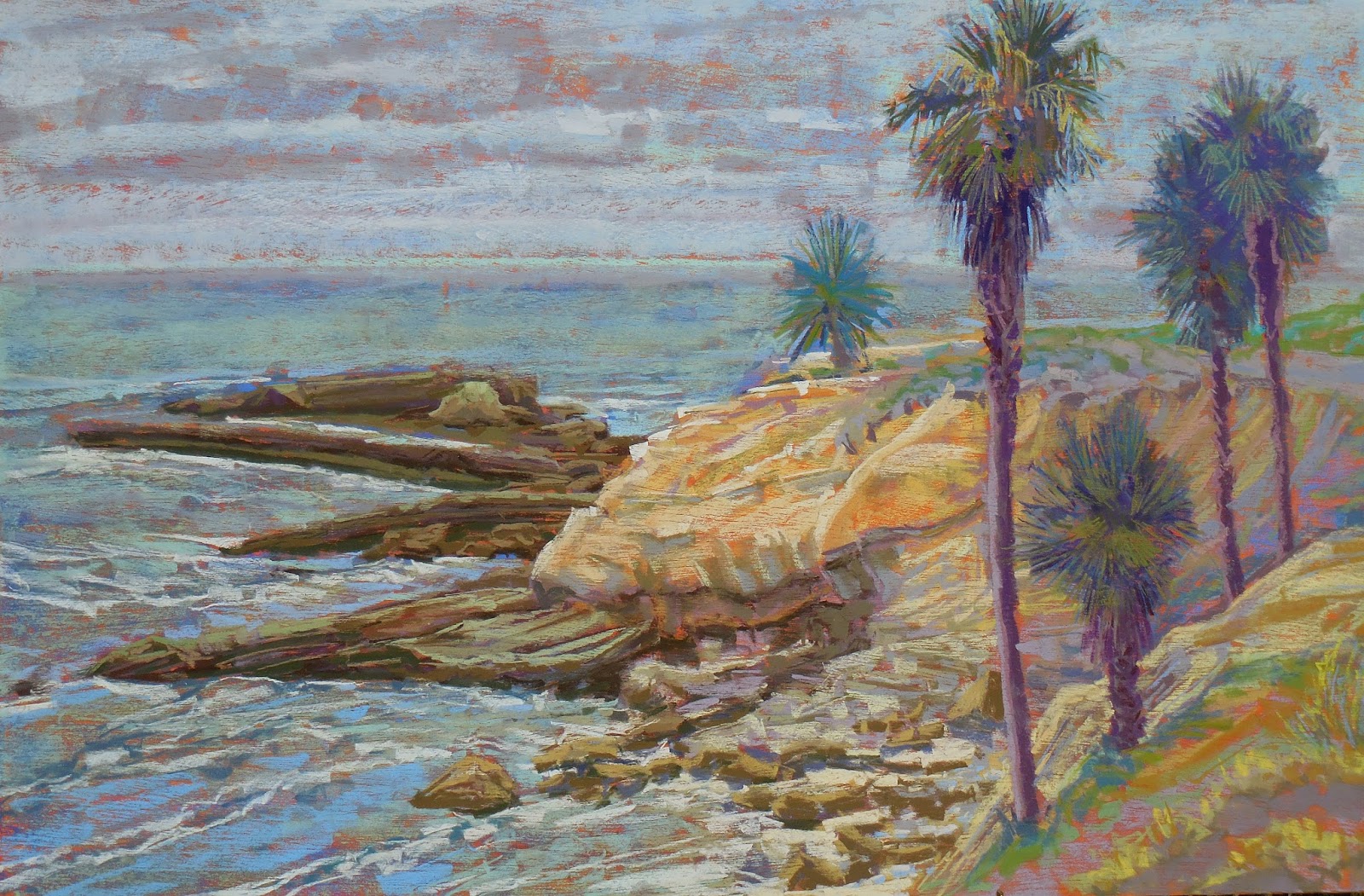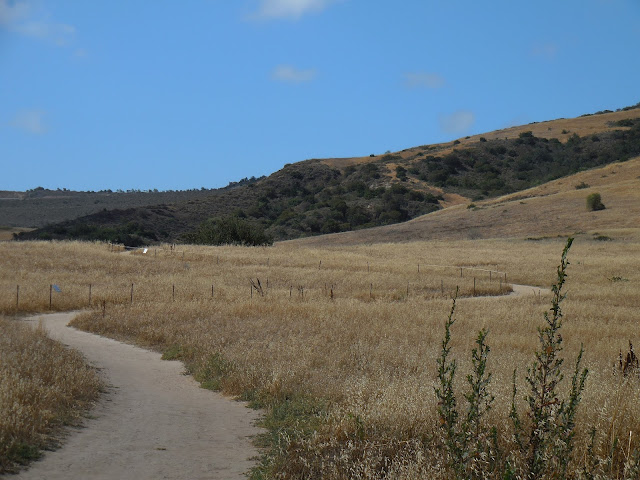 |
For the last couple of weeks I have been painting on orange boards. The weather and atmosphere just feel like it is the right color for the underpainting. The saturated colors of the overcast day could still be expressed on this color board.
The s
Falling into a comfort zone speeds everything up to a certain point. Because I have painted this more than any other subject, there is no second guessing the compositional elements.
Once I have everything covered with one layer, I begin making adjustments between elements making sure to relate everything to each other.
The detail of the painting comes through small color / value changes throughout the painting. Refining the color / values within each shape and making sure those changes ring true with the overall lighting and shapes within the composition is the goal.
As I work through the adjustments, I make sure to keep all aspects of the painting at the same level of development.
 |
I find that when I really have to stop and think about what the next move is, it is time to stop.
|
 |
The value shot.
|
I moved back down the rail about 10 feet and found this view. This is an unusual composition because of the change in height and the shape of the foreground.
Everything happens faster on the second painting of the day. There is a greater sense of urgency to get done.
The second painting is usually more colorful and more intense and raw than the first.
The biggest challenge for the painting is the small piece of beach on the bottom of the painting. I do not think I am going to be able to create the feeling of distance necessary.
The sun came out and changed all of the lighting. One of the great things was the timing of when it came out. It was not too late in the painting. I still had not added the highlights.
Add the final highlights and don't mess it up.
The value shot.














































































